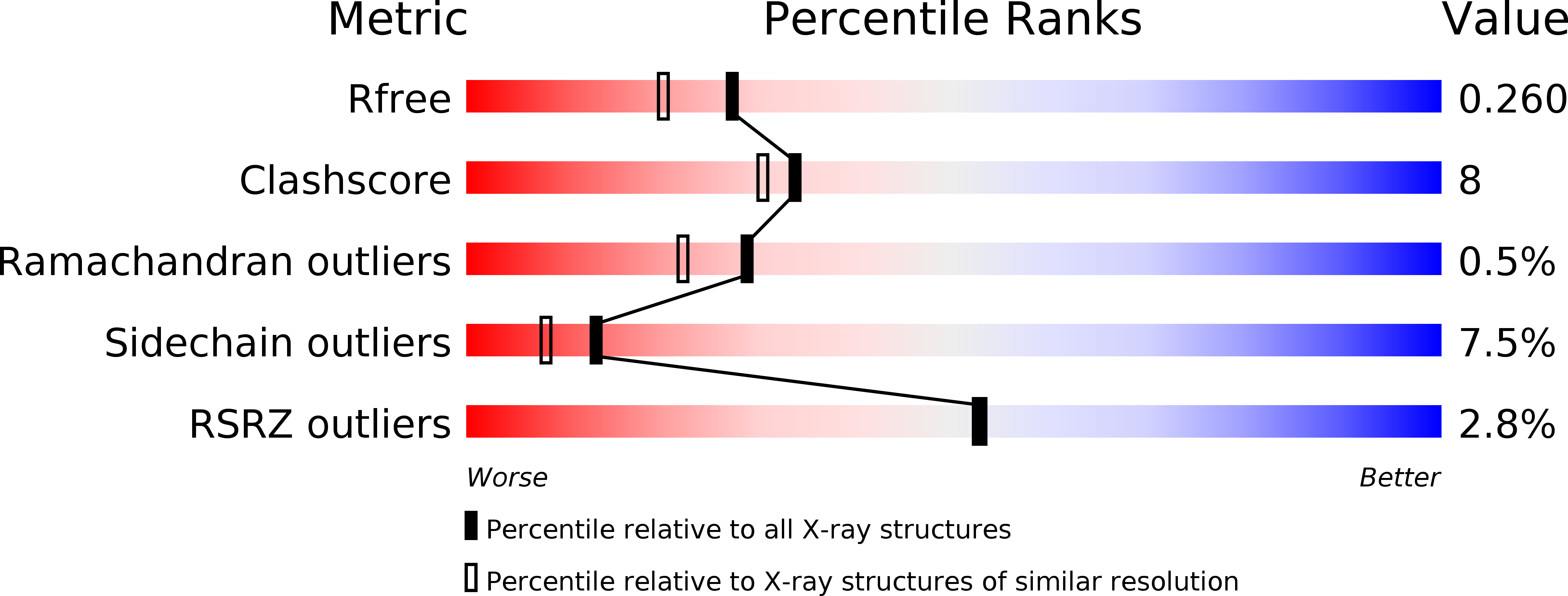
Deposition Date
2015-02-02
Release Date
2015-06-17
Last Version Date
2024-03-20
Entry Detail
PDB ID:
4XY2
Keywords:
Title:
Crystal structure of PDE10A in complex with ASP9436
Biological Source:
Source Organism:
Homo sapiens (Taxon ID: 9606)
Host Organism:
Method Details:
Experimental Method:
Resolution:
2.03 Å
R-Value Free:
0.25
R-Value Work:
0.20
R-Value Observed:
0.20
Space Group:
P 21 21 21


